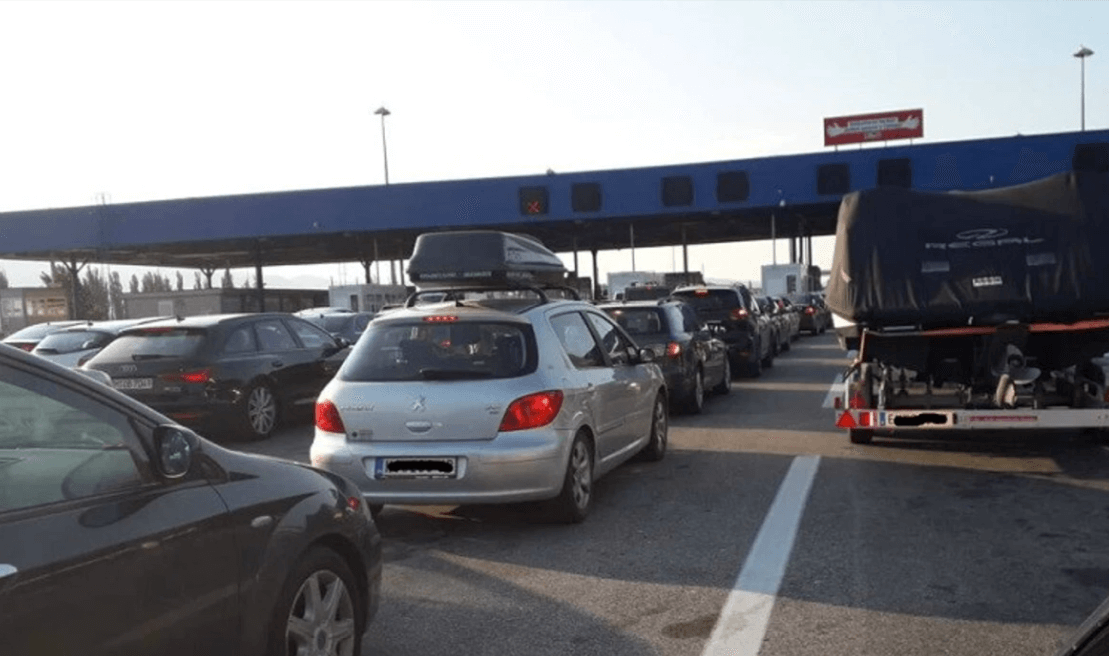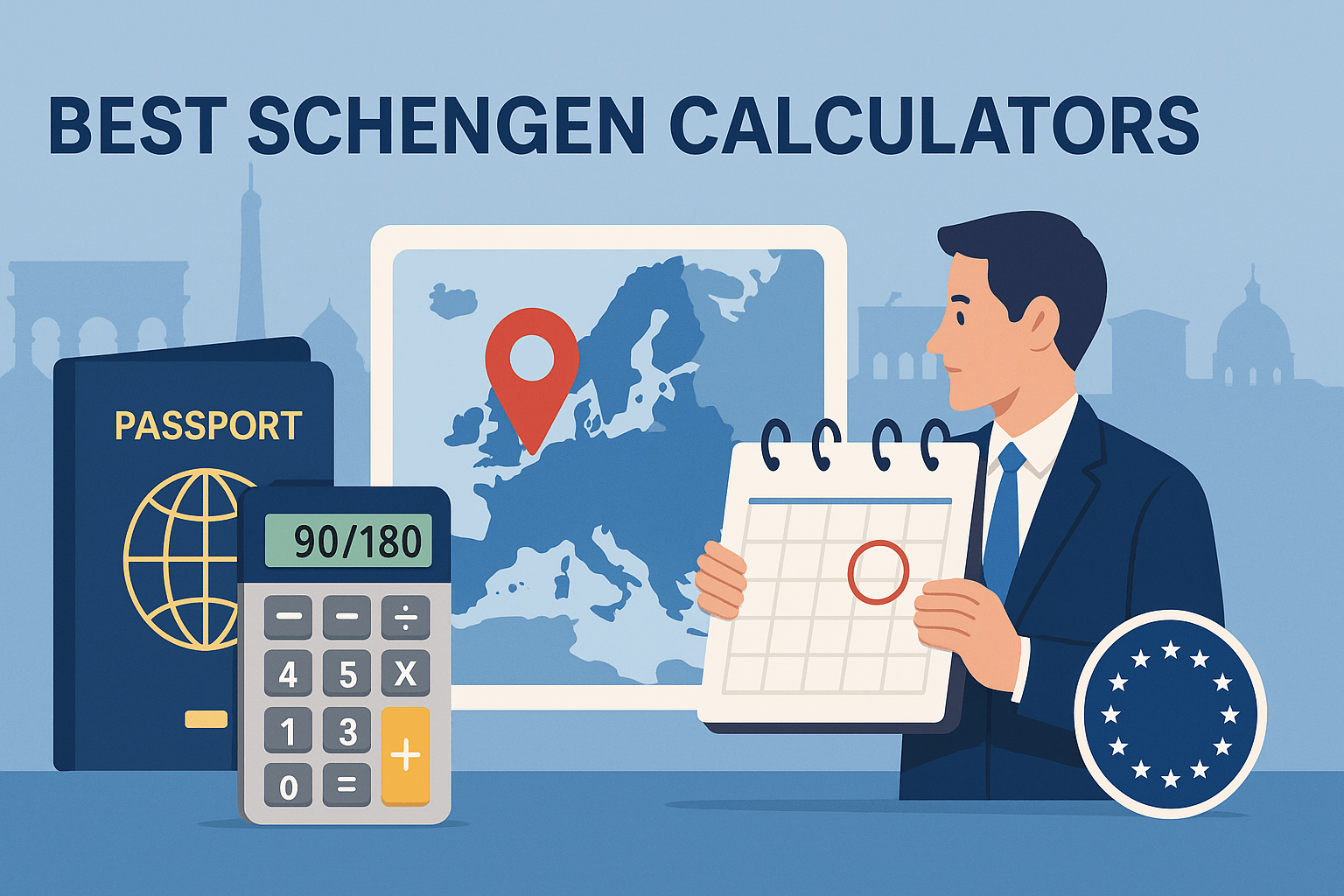The European Commission has confirmed a €20 fee for the European Travel Information and Authorisation System, to be charged once the scheme starts. The move is meant to cover operating costs as the EU readies new border-tech systems.
The European Commission in Brussels announced on July 17, 2025 that ETIAS applications will cost €20 for visa-exempt travellers heading to 30 European countries. The charge will not be collected until ETIAS begins operations, which officials say is planned for the last quarter of 2026.
Officials say the fee decision now undergoes the routine two-month scrutiny by the Council and the European Parliament. The Commission has linked the price to running costs, added technical features and inflation since the original regulation was adopted.
Commission says higher charge covers operating costs; under-18s and travellers 70+ remain exempt.
Who will pay and who will not
According to the Commission, most visa-exempt non-EU visitors will pay the €20 application fee. Children under 18 and adults aged 70 or over are exempt, alongside certain family members of EU citizens and of non-EU nationals who enjoy free-movement rights. Authorisations will be valid for three years, or until the traveller’s passport expires, whichever comes first, and most applications are expected to be decided automatically within minutes.
When the fee starts
ETIAS is not yet operational. EU guidance says the exact start date will be announced in advance, and the fee will begin on that day. Before ETIAS, the separate Entry/Exit System is set to start on October 12, 2025, creating a digital record of entries and exits for short-stay travellers.
Member State readiness for EES has been under close watch in recent months, with several national systems upgrading or catching up to the timeline. For background on preparedness issues, see recent reporting on EES implementation work in Malta and calls to accelerate both programmes in the State of Schengen report.
Why the price rose
The Commission says €20 better reflects ongoing operating costs, the scope of ETIAS functionalities and inflation since 2018. Officials also point to alignment with similar travel-authorisation schemes in other regions.
How to apply, and using intermediaries
Travellers will be able to apply via the official ETIAS website or the mobile app once the system opens. Some may choose to authorise third-party providers, who can charge extra service fees. Applicants should check they are paying only the EU fee plus any optional service charge they expressly agree to.
Editor’s Note: ETIAS is not a visa. It is a pre-travel security screening for short stays of up to 90 days within any 180-day period. Holding an authorisation does not guarantee entry, since border officers still verify entry conditions on arrival.








